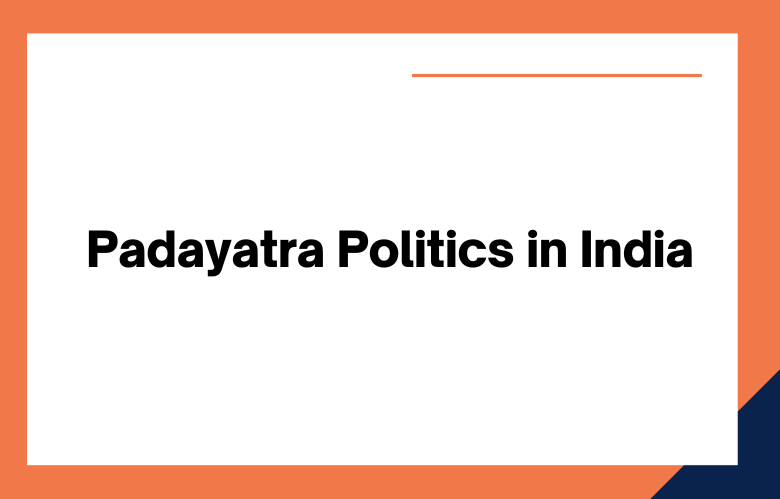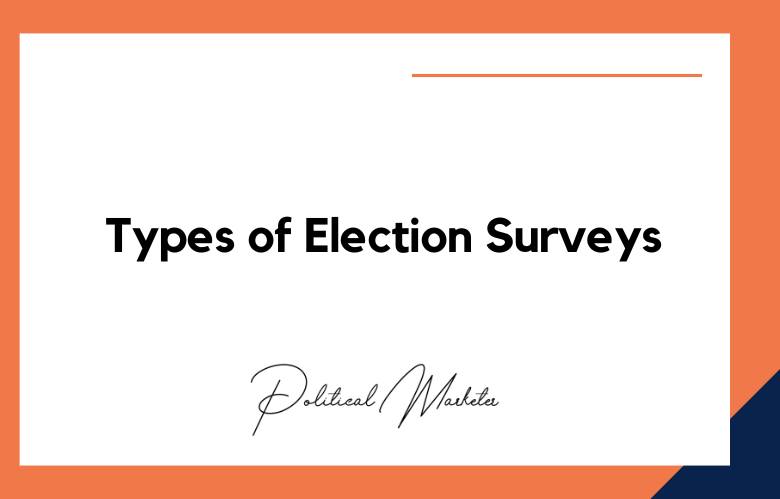Padayatra, meaning walking through villages and towns, has been an age-old practice in India. For ages, political leaders have used this as a tool for election campaigning.
The reason is it helps political leaders to connect with the people and get an insight into their problems while covering the length and breadth of a constituency. We will discuss the benefits of a political padayatra in India.
What Makes Padayatra Politics Unique?
Padayatra politics is more than just an approach; it’s a philosophy. It signals politicians’ honest and sincere attempts to listen to people genuinely. It’s their way of acknowledging a disconnect between the political class and those who vote.
In a country as demographically vast and complex as India, embracing Padayatra politics is a way to identify the thematic issues that matter to people. It’s a platform where leaders can interact with people at the intersection of religion, caste, and gender and negotiate a shared vision of India’s future.
How Does Padayatra Politics Work?
Padayatra is a concept that stems from India’s ancient culture of pilgrimage. It means walking across vast areas from one place to another. However, it’s gained a new meaning – walking across the country to connect with people politically.
In particular, it’s a grassroots-level approach that seeks to understand the sentiments and aspirations of the people and deliver the desired change. Padayatra politics brings politicians closer to the ground reality of India, thereby ensuring that the right causes and concerns of the people drive their policies.
Padayatra Politics Amid Social and Economic Realities.
Padayatra politics is a form of political activism and a social and economic necessity. In India, an estimated 68 million people live below the poverty line, and over 25 percent live in slums and on the streets.
Moreover, India ranks 106th out of 190 countries on its Human Development Index. Therefore, Padayatra politics allows politicians to understand the social and economic realities of the country, thereby creating better policies that address these issues at the grassroots level.
It provides a drive to lay down foundational premises for India’s growth and development, which would otherwise be difficult.
The Future of Padayatra Politics in India.
It’s safe to say that Padayatra politics is an effective and sustainable solution for creating meaningful change in India.
We have successful examples of this strategy, like YS Jaganmohan Reddy, who went on a 14-month-long Padayatra across Andhra Pradesh, which ultimately led to his victory in the 2019 elections.
Similarly, former Congress President Rahul Gandhi’s 39-day-long walk in the tribal belt was also aimed at understanding the issues faced by the locals.
We can expect more such political initiatives in the future since Padayatra politics has successfully promoted transparency and government accountability.
The Power of Padayatras: Why Political Walkabouts are Beneficial in India.
In India, walking long distances is a common practice for many. However, for those who seek political positions, this practice has become a strategic tool to gain public support.
Padayatras, or political walkabouts, are a tradition in India that dates back to Mahatma Gandhi’s Dandi March. Though the practice is rooted in India’s independence struggle, political party leaders still walk along rural paths today to create political awareness and garner support.
We will look at the benefits of a political padayatra and how they have become essential to Indian politics.
What are the Benefits of Padayatra Politics in India?
Connects with the People:
Padayatras allow political leaders to reach out to the masses. It allows people to interact with their political leaders and share their problems.
In India, where most of the population resides in rural areas, padayatra is a crucial tool for political leaders to connect with the people of rural areas and understand their needs.
Build Trust:
Political padayatras help in building trust between the leader and the people. It gives people a chance to know the leader personally.
When a politician converses with the people and listens to their issues, it displays how much they value and care for their concerns. It helps build an emotional connection, translating into trust and, eventually, votes.
Widens the Outreach:
A political padayatra is an effective way to expand the outreach of a political leader. When a padayatra is organized, the word spreads, and people from nearby villages and towns come to meet the leader.
It provides a platform for the leader to showcase their work and achievements and, in return, gain support from a wider audience.
Cost-Effective:
Political padayatras are an economical method in a country like India, where political campaigns are costly. It does not involve significant expenses like renting a venue or setting up a podium.
Walking through villages and towns allows the leader to interact with the people on a personal level and make a lasting impact.
Increases Voter Turnout:
Political padayatras can increase voter turnout in India, where many people don’t vote.
When a politician interacts with citizens and listens to their concerns, people feel that their vote makes a difference. Padayatras have proved successful in areas where voter turnout is traditionally low.
Direct Connect with the Voters:
Political padayatras provide an excellent opportunity for politicians to connect with their voters personally.
The politicians walk through the villages, listen to the issues faced by the residents, and offer solutions. The interaction is often informal, making it easier for people to share their concerns and opinions with politicians.
This direct communication builds trust and helps the politician bond with the voters. Moreover, it helps politicians understand the ground-level issues that people face and frame policies that cater to their needs.
Mass Outreach:
Political parties use padayatras to reach many voters across villages and towns. A padayatra can cover a distance of 10-20 kilometers per day, allowing the politician to interact with hundreds of people every day.
Political parties deploy their workers and supporters to create buzz about the padayatra in advance, leading to large crowds gathering to welcome the politician. The media coverage of such events also adds to the outreach and impacts voters who are absent during the event.
Impact on Voters:
Political padayatras have a significant impact on voters, especially in rural areas. The people living in villages often feel disconnected from the mainstream political discourse, and the padayatra makes them feel seen and heard.
The interaction with the politician and the promises made during the padayatra often lead to voters supporting the candidate in the elections. Therefore, it is unsurprising that many Indian politicians, across party lines, have adopted the political padayatra as a campaign tool.
Conclusion:
Political padayatras are an effective method for political campaigning. They provide an opportunity for interaction between the leader and the people, which leads to building trust and understanding.
It widens a political leader’s outreach and helps increase voter turnout. Moreover, it is a cost-effective method of campaigning. Hence, political leaders in India should use this age-old practice to connect with the masses and create a lasting impact.
Call: +91 9848321284
Email: [email protected]










